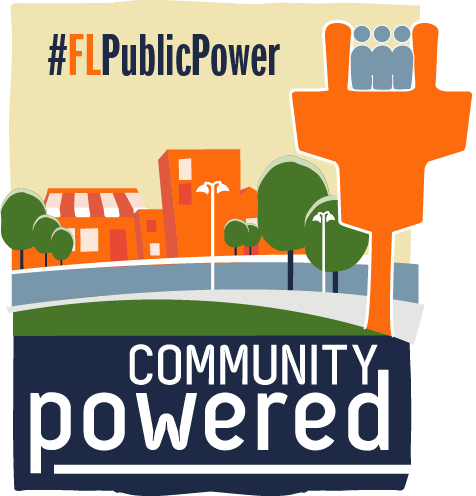Above Normal Storm Season Forecast, with 2 to 4 Major Hurricanes
 Conditions are more favorable for an above normal Atlantic hurricane season in 2019, according to an updated forecast from the National Oceanic and Atmospheric Administration.
Conditions are more favorable for an above normal Atlantic hurricane season in 2019, according to an updated forecast from the National Oceanic and Atmospheric Administration.
NOAA expects 10 to 17 named storms (winds of 39 mph or greater), of which 5 to 9 will become hurricanes (winds of 74 mph or greater), including 2 to 4 major hurricanes (winds of 111 mph or greater).
The American Public Power Association advises members to join the public power mutual aid network or refresh themselves on available resources to prepare for the upcoming storm season.
NOAA now puts the chances of an above normal Atlantic hurricane season at 45%, up from 30% in its last forecast, posted in May 2019.
The likelihood of near normal hurricane activity is now at 35%, compared with 30% in NOAA’s previous forecast, and the chance of below normal hurricane activity is now 20%, compared with 30% previously.
The six month hurricane season’s peak is from August to October. The season ends Nov. 30.
NOAA updated its hurricane forecast because the current El Nino in the Pacific Ocean has ended and neutral conditions have returned. “El Nino typically suppresses Atlantic hurricane activity but now that it’s gone, we could see a busier season ahead,” Gerry Bell, lead seasonal hurricane forecaster at NOAA’s Climate Prediction Center, said in a statement. The ending of El Nino combined with “the more conducive conditions associated with the ongoing high-activity era for Atlantic hurricanes that began in 1995, increases the likelihood of above-normal activity this year,” Bell added.
El Nino conditions occur when surface water temperatures in the equatorial Pacific Ocean becomes warmer than average and east winds are weaker than normal. The opposite condition is called La Nina. El Ninos typically occur every three to five years.
El Nino conditions often reduce the number of hurricanes that form in the Atlantic Ocean. La Nina conditions tend to be related to an increase in the number of Atlantic hurricanes.
There have been two named storms so far this hurricane season, Andrea and Barry. Tropical Storm Barry made landfall in Louisiana in mid-July. Lafayette Utilities System (LUS) was directly in Barry’s path, and the storm knocked out power for as many as 1,200 LUS customers. LUS reported that it returned to normal operations within two days.
The overwhelming majority of the 141,224 outages attributed to Barry occurred in Louisiana with Mississippi and Texas affected second and third most, respectively.
“Today’s updated outlook is a reminder to be prepared,” Pete Gaynor, acting administrator of the Federal Emergency Management Agency.
The FEMA Ready Campaign and its federal partners have released broadcast-quality videos that show the deadly threat from tropical weather, specifically hurricane storm surge and flooding, to help emphasize the importance of following the instructions of state and local authorities in advance of a storm.
Article reposted with permission from Public Power Daily.
 Enter your email address in the
Enter your email address in the 